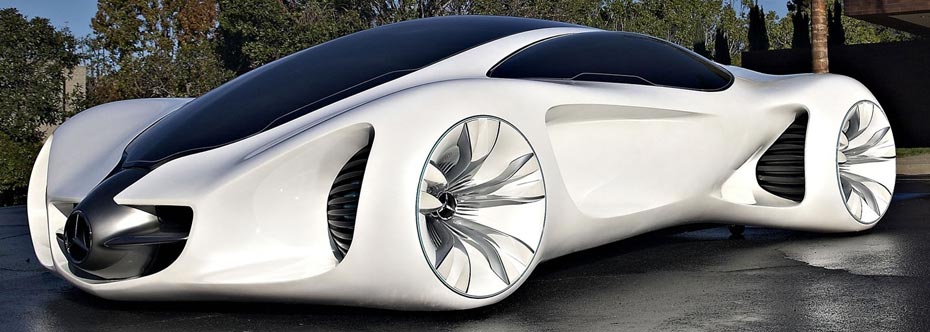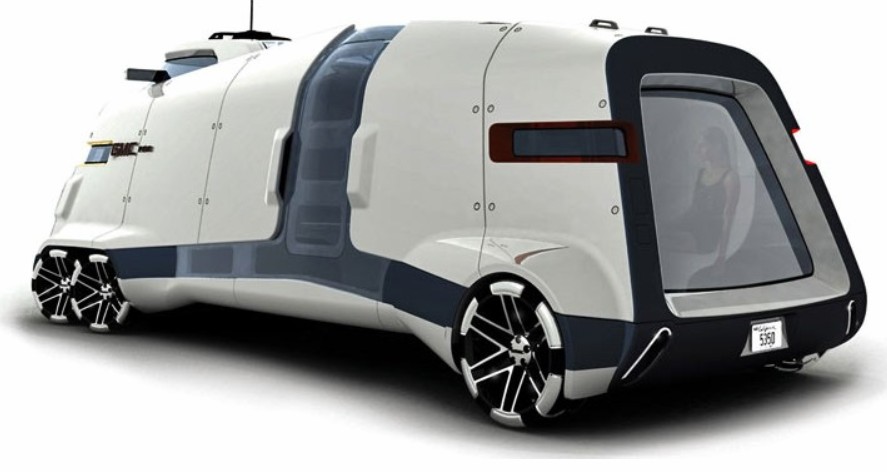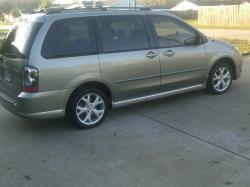January 6, 2015 – My wife and I own a 2006 Mazda MPV minivan. It has proven to be a very reliable city and highway travel vehicle over the almost nine years we have owned it. But our needs have changed after downsizing and moving to downtown Toronto.
But this may be the wrong time to buy a car according to engineers who think up the next generation of automotive technology. They are saying wait five years. So how to solve the dilemma? We’ll lease for now and see what is coming down the pipe by 2020.
Five years hence, what are engineers predicting? According to those in the know, who gather annually to attend symposiums in the field, cars by 2020 will drive themselves with an option to let us take over. And those same prognosticators are stating that if we wait until 2030 the human option will no longer exist.
Today’s cars are partially automated cars. Features like antilock brakes have been around since the 1970s. We have adaptive cruise control that detects any obstacle such as a vehicle with a 2-second safety margin. We have self-parking. We have all kinds of driver alert systems to correct for lane drift, pedestrian crossing detectors, eye-tracking alerts to wake us if we get sleepy while behind the wheel. Our vehicles are controlled by computers as sophisticated as those used in commercial aircraft.
So the vehicle we choose to lease in 2015, therefore, will be pretty close to being capable of autonomy. Its in-dash display will ape smartphones and tablets. It will park itself. It will be chock full of sensors and software and a visit to our mechanic will more closely resemble an IT shop than a grease pit.
We’ve ruled out an electric vehicle (EV) for now. Because we live in an apartment building with our parking underground we won’t have access to a recharging station but maybe that too will change soon.
Our 2015 vehicle may be a hybrid combining an internal combustion engine and electric motor.
And even though we like to take our car on vacations it is pretty clear that what we get in 2015 vehicle will be downsized from our minivan.
But wait! What if we could hold off for another five years? Then the car we get would feature vehicle-to-vehicle communication to ensure greater safety than anything on the road today. Its body would be covered by a self-repairing deformable photovoltaic power generating skin. It would be all electric, either battery or fuel cell powered. And it would feature autonomous drive as an option. To make it even future proof it would with the addition of a few sensors and new software releases be continuously upgradeable. And maybe it would look as cool as the Mercedes concept appearing below. Now that’s a lot different from a minivan.

Or maybe in the tradition of the minivan it might look more like the vehicle below, a concept product of General Motors visionaries that features a diesel-hybrid engine, six wheels and what looks like gun turrets on the roof.
I know my predictions may sound like pie in the sky but history shows that automobiles have been key drivers of commercial technological innovation from 1912 when Henry Ford first introduced the Model T to today. And I suspect the pace of vehicle evolutionary change will only speed up. It may have taken 20 years for antilock braking systems to go from first models to common use, but it certainly won’t take that long for the Google autonomous car of today, already proving its road-worthiness, to become commonplace. Now if I could wait to 2040, maybe my car will also fly. Wait a minute, there already is a flying car.
If any of my readers have suggestions on what car my wife and I should consider leasing this year, we are all ears. Feel free to post your ideas in the comments.














